- -10%
- A victim of its success, this product is currently being restocked.
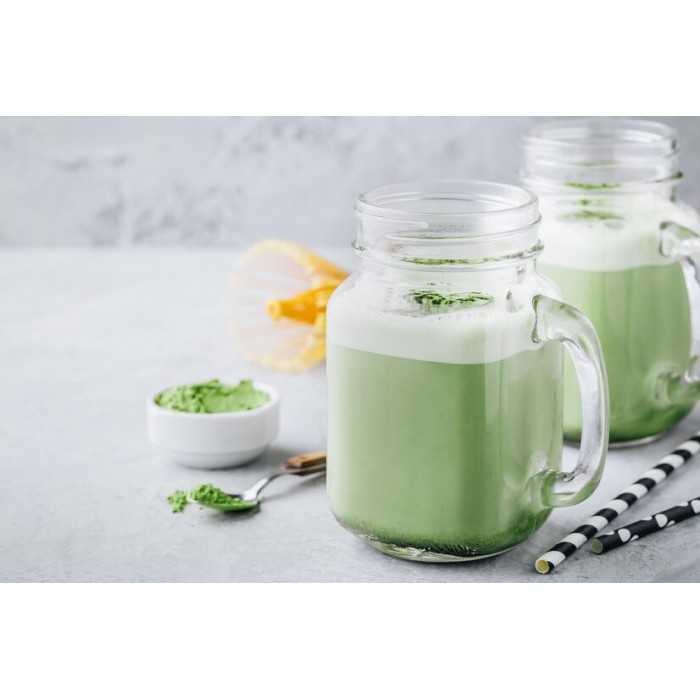
Enjoy 10% off all HECOSFAIR until 09/30/2025 – Welcome Autumn !
Free delivery for mainland France from €50, from €99 for Europe & from €199 for countries outside Europe.














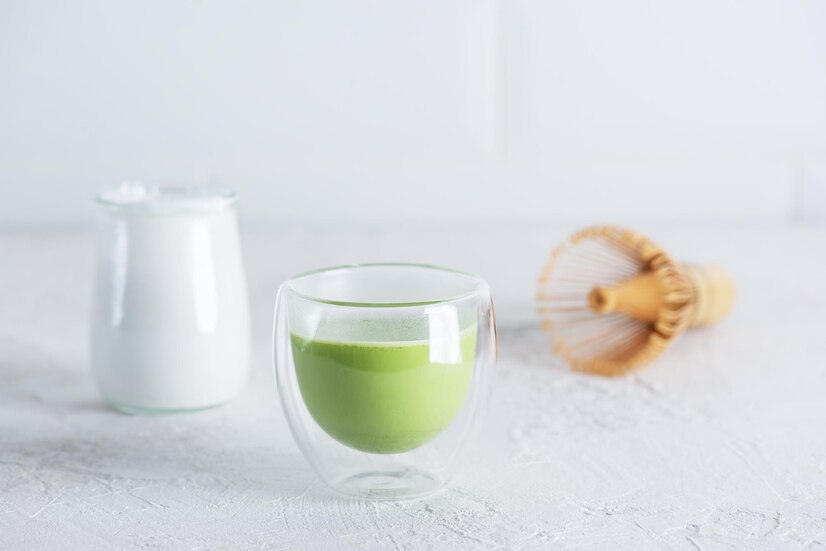
You will appreciate the delicate marriage between bitterness and sweetness of this delicious almond milk with matcha from La Mandorle, a French company established in Paris.
With a unique taste and nutritional harmony, this milk combines the excellence of green tea, known for its detoxifying and antioxidant properties, with almond milk full of nutrients and alkalizing elements.
The lithothamnium seaweed reinforces its richness in calcium.
A source of protein, it contributes daily to increasing muscle mass and maintaining bone balance.
Source of calcium, it is necessary for the maintenance of normal bones and teeth.
Without sugar, you can consume it according to your desires.
It is ready to use, contains neither milk nor gluten.
It is a product from organic farming, certified FR-BIO-01.
 Before opening, this product can be stored at room temperature. After opening, this product can be kept cool between 0° and +6° C and should be consumed quickly.
Before opening, this product can be stored at room temperature. After opening, this product can be kept cool between 0° and +6° C and should be consumed quickly.
 Do not consume this product in case of allergy to shelled fruits and oilseeds (nuts).
Do not consume this product in case of allergy to shelled fruits and oilseeds (nuts).


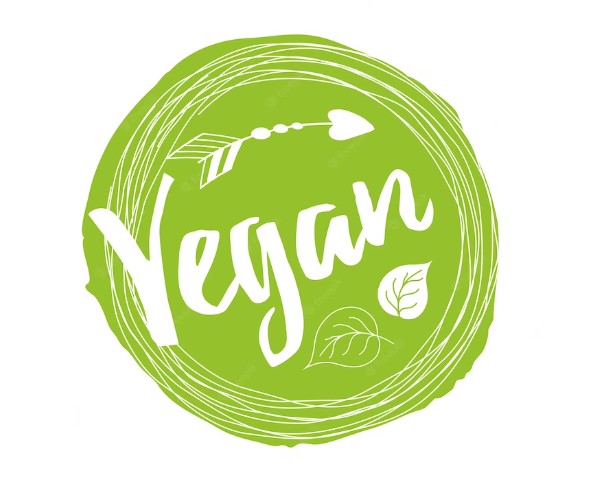





100% secure payment with PayPal & PayPlug – cards & 4x installments

Free delivery from €50 in France, €99 in Europe & €199 worldwide

Returns within 14 days (under certain conditions)
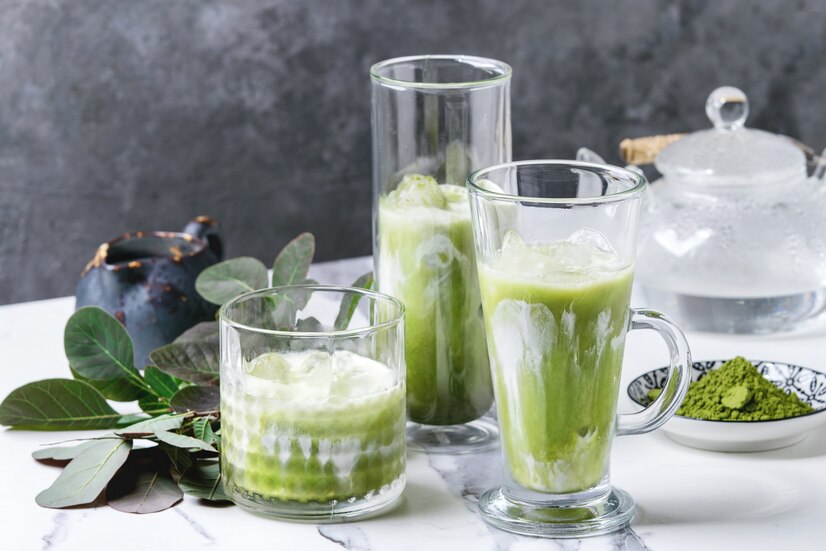
A 200 ml glass provides 4 g of Protein and more than 260 mg of Calcium, i.e. 34% of the reference intakes for a typical adult (8,400 kJ/ 2,000 kcal).
Spring water, defatted almonds* 4% (Sicily and/or Spain), sunflower oil*, Matcha green tea 0.2%, seaweed Lithothamnium Calcareum, thickener: carrageenan
*Ingredients from organic farming.
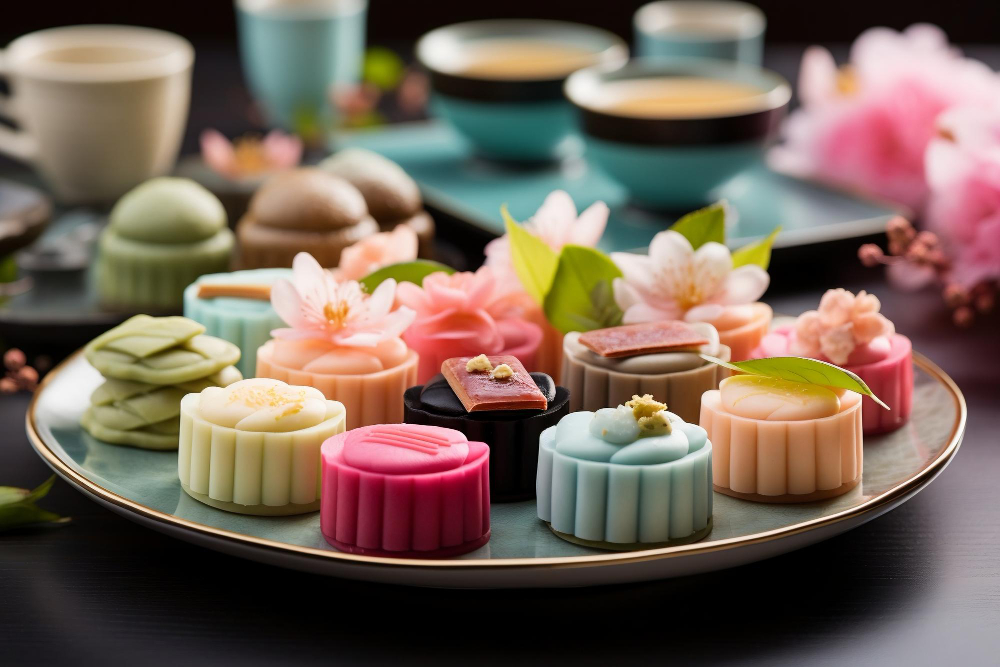
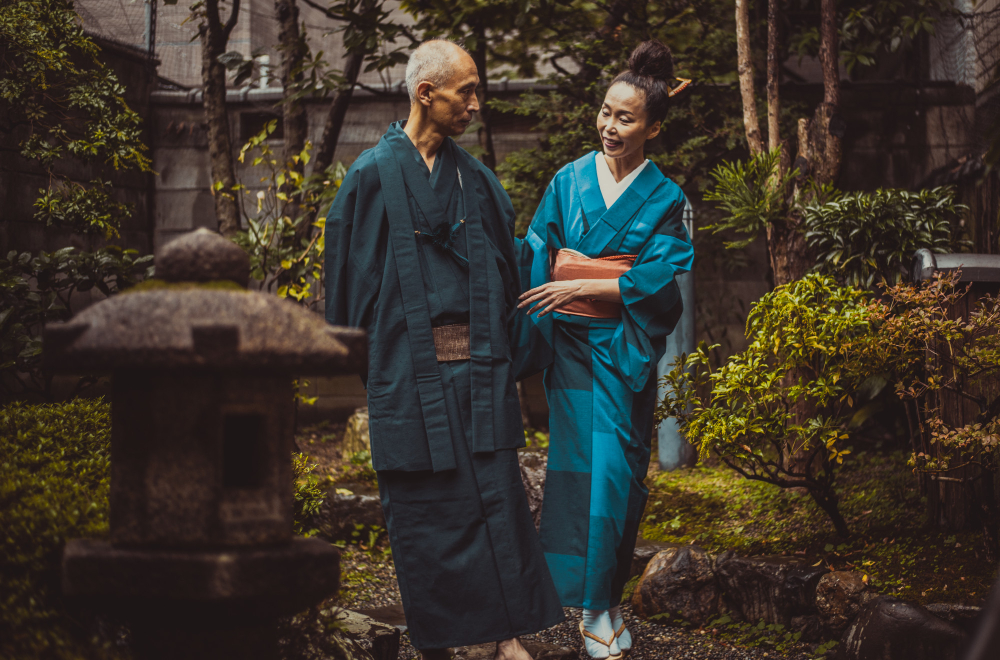
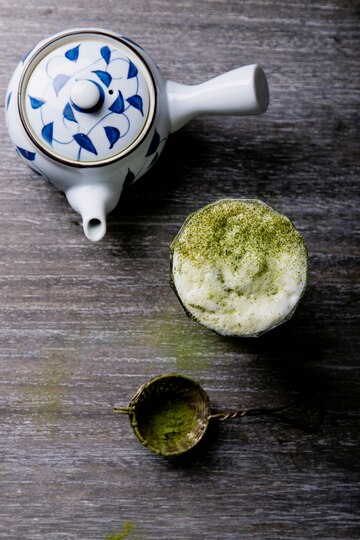
Tea is an institution in the United Kingdoms, but also in many other countries such as China, Japan, India, Turkey, Morocco ...
Tea has been a popular drink since ancient times, when its consumption spread to Japan and the Arab world in the 9th century and to Europe in the 16th century.
This aromatic beverage is obtained by infusing the dried leaves of the tea tree, a small shrub native to the Himalayas.
Tea was the most consumed drink in the world in the 20th century, after water.
There is a wide range of this drink, aromatic, tasty or thirst-quenching, obtained by infusion or percolation of water on various preparations from the small leaves and buds of the tea plant.
Its aroma and quality depend on the terroir, the method of cultivation and the transformations undergone after the harvest.
The teas obtained are differentiated by their "color": black, green, Oolong, yellow, white.

Rich in epigallocatechin, epigallocatechin gallate, theanine and caffeine, tea is both sought after for its taste, its energizing and relaxing properties as well as for its positive effects on health.
Green tea (in traditional Chinese: 綠茶; in Japanese: 緑茶) is a tea whose natural oxidation is quickly stopped after picking.

Renowned for its many virtues, including a slimming aid, it is highly prized in China and Japan, where it is renowned for its effective therapeutic properties.
Green tea contains caffeine and many antioxidant substances from the catechin family (15-30%), the principle being EGCG, epigallocatechin gallate, a powerful antioxidant.
To obtain this tea, the leaves of the tea plant undergo the step of roasting at a temperature of at least 100 ° C in order to avoid what is called the enzymatic oxidation reaction.

They are then rolled into pearls, sticks or needles depending on the region and origin, before being dried.
Today, green tea is available in more than 1,500 varieties around the world.

Almond is a very popular food, certainly for its pleasant taste, but above all for its many uses in cooking and cosmetics and for its countless virtues.
It is eaten alone, in desserts, dishes. It is made into vegetable milk, oil, butter and used in beauty products.
The almond is the fruit of the almond tree and we distinguish the sweet almond, Prunus amygdalus var. dulcis, and the bitter almond, Prunus amygdalus var. amara, the latter being considered toxic, due to its hydrocyanic acid content. It is an oilseed, that is to say rich in lipids and it is often called "oleaginous fruit".
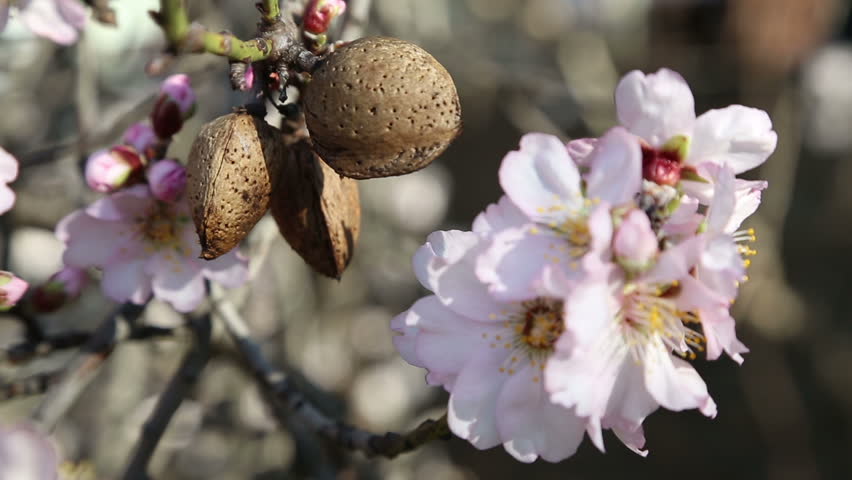
If the almond is picked before maturity, its skin is still green, the famous almond green. Thus, green and fresh almonds have a tender and milky flesh, with a delicate flavor. In France, it is in June and July that they are harvested.
Once fully ripe, the almond becomes dry and it is harvested in September and October in our climates. It can then be marketed in the shell, shelled, or peeled (the thin brown skin that protects it is removed).
The almond is native to Central Asia and the Middle East. It seems that it has been cultivated in China for three millennia, and that its distribution in Europe was made during Antiquity. It would have been cultivated in France from 500 years before J-C.
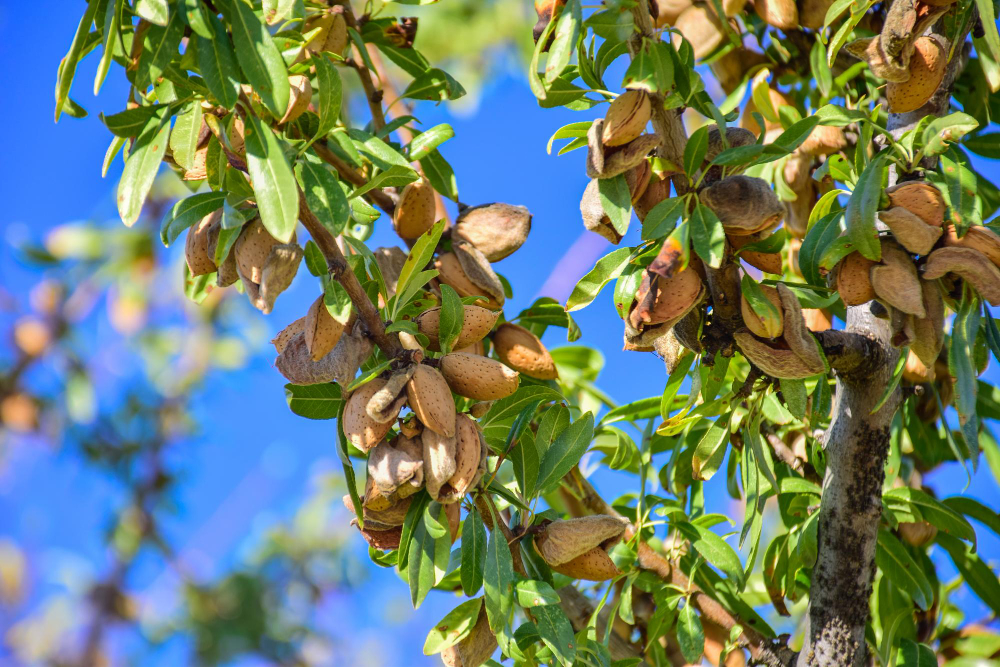
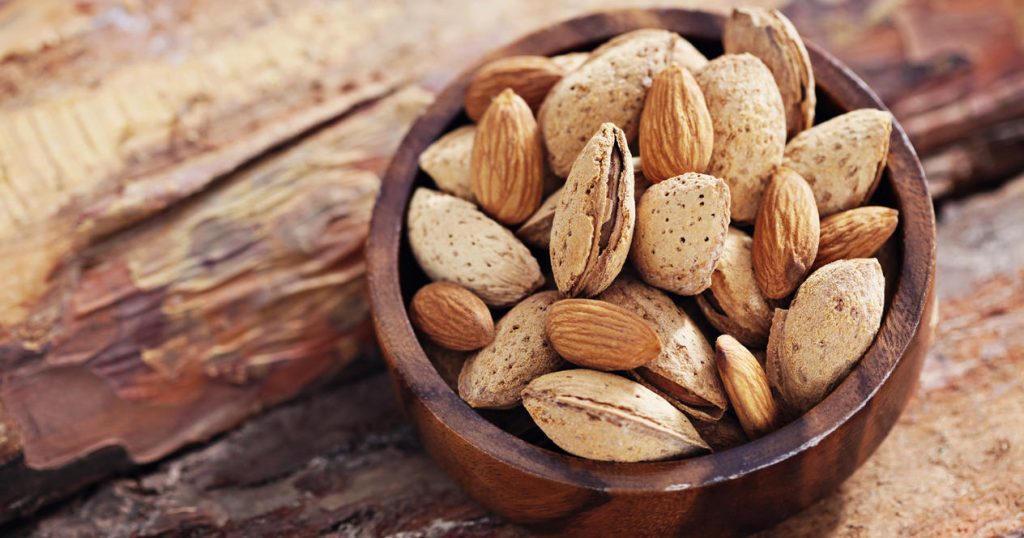
The almond tree is cultivated in hot and dry regions: today, the United States, especially California, provide almost half of world production, followed by Spain, Iran, Syria, Italy and Morocco.
In France, we find its production in the South: Bouches du Rhône, Alpes de Haute-Provence, Languedoc-Roussillon and Corsica.

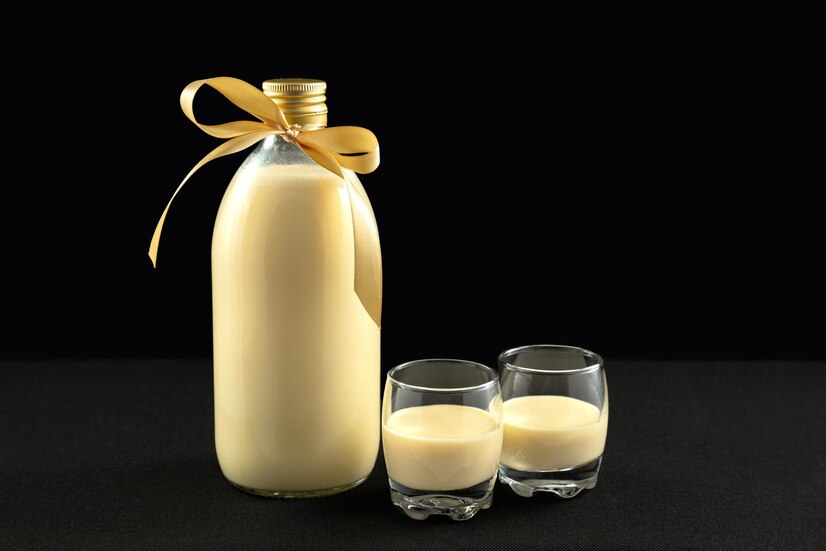
You will appreciate the refined and subtle notes of this delicious vanilla almond milk from La Mandorle, a French company established in Paris.
It will seduce you, in drink and in cooking, for your sweet recipes.
It is prepared from pruned and partially de-oiled organic fruit, natural vanilla extract and delicately sweetened with agave syrup.
In combination with lithothamne algae, the almond is enriched with calcium and magnesium for optimized synergy.
On a daily basis, this almond milk with vanilla provides essential nutrients in addition to a balanced diet and a healthy lifestyle.
This ready-to-use drink does not contain milk or gluten.
It comes from organic farming, certified FR-BIO-01.
 Before opening, this product can be stored at room temperature. After opening, this product can be kept cool between 0° and +6° C and should be consumed quickly.
Before opening, this product can be stored at room temperature. After opening, this product can be kept cool between 0° and +6° C and should be consumed quickly.
 Do not consume this product in case of allergy to shelled fruits and oilseeds (nuts).
Do not consume this product in case of allergy to shelled fruits and oilseeds (nuts).







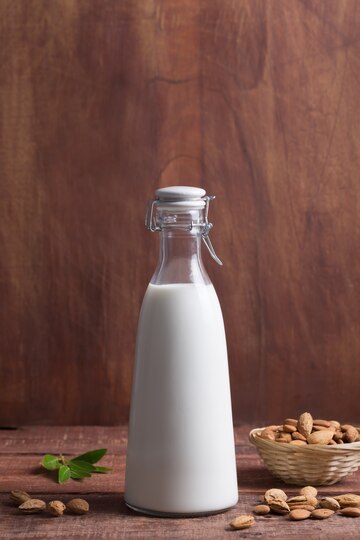
Delicately velvety and fragrant, ORGANIC COCONUT ALMOND milk from La Mandorle, a French company established in Paris, combines both the sweetness of almonds and the freshness of coconut for an astonishing harmony.
On the one hand, the almond with its richness in proteins and minerals, on the other the coconut with these beneficial elements.
Lithothamne seaweed enriches this preparation thanks to its high calcium content.
Without sugar, this milk can be adapted according to your desires.
Source of calcium, necessary for the maintenance of normal bones and teeth, this coconut almond milk, naturally milk-free and gluten-free, represents a unique vegetable alternative.
It is ready to use, does not contain milk or gluten.
 Before opening, this product can be stored at room temperature. After opening, this product can be kept cool between 0° and +6° C and should be consumed quickly.
Before opening, this product can be stored at room temperature. After opening, this product can be kept cool between 0° and +6° C and should be consumed quickly.
 Do not consume this product in case of allergy to shelled fruits and oilseeds (nuts).
Do not consume this product in case of allergy to shelled fruits and oilseeds (nuts).








Delicately velvety and fragrant, COCO CUISINE BIO milk from La Mandorle, a French company based in Paris.
Unctuous and light, delicate and refined, it adapts to all your savory and sweet fantasies.
It deliciously replaces the classic liquid cream, in simple topping, in incorporation to thicken or lighten a sauce, for an original and tasty exotic note.
It is formulated without milk, gluten or soy.
It is also without added sugar because it contains sugars naturally present in coconut.
It is ready to use, does not contain milk or gluten.
It comes from organic farming.
 Before opening, this product can be stored at room temperature. After opening, this product can be kept cool between 0° and +6° C and should be consumed quickly.
Before opening, this product can be stored at room temperature. After opening, this product can be kept cool between 0° and +6° C and should be consumed quickly.
 This product does not contain any allergens, however it may contain traces (eggs, soy, sulphur, nuts, etc.).
This product does not contain any allergens, however it may contain traces (eggs, soy, sulphur, nuts, etc.).






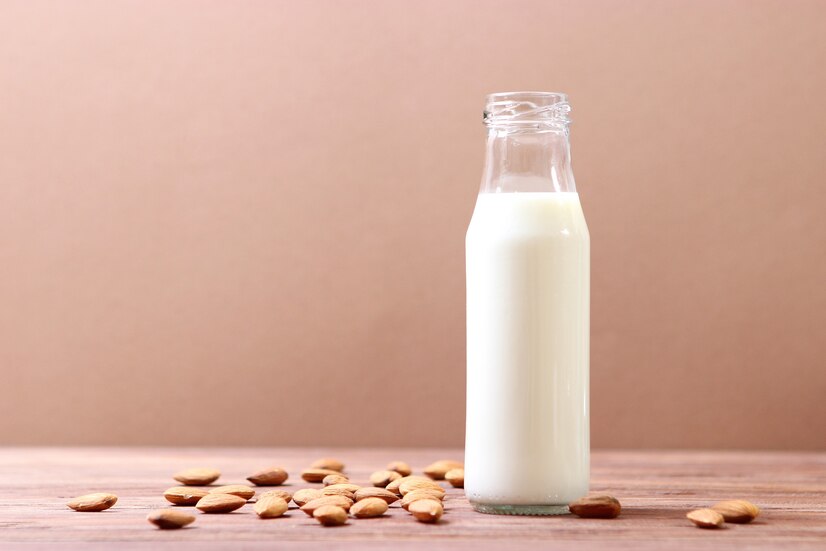
Slightly velvety, you will appreciate the refined and subtle notes of this delicious almond milk from La Mandorle, a French company based in Paris.
It will seduce you, in drink and in cooking, for your savory and sweet recipes.
It is prepared from pruned and partially de-oiled organic fruits, without sugar.
Thanks to its specific manufacturing process, the nutrients are respected and the naturalness preserved.
In combination with lithothamne algae, the almond is enriched with calcium and magnesium for optimized synergy.
On a daily basis, this Almond milk provides essential nutrients in addition to a balanced diet and a healthy lifestyle.
This ready-to-drink drink does not contain milk or gluten.
It comes from organic farming, certified FR-BIO-01.
 Before opening, this product can be stored at room temperature. After opening, this product can be kept cool between 0° and +6° C and should be consumed quickly.
Before opening, this product can be stored at room temperature. After opening, this product can be kept cool between 0° and +6° C and should be consumed quickly.
 Do not consume this product in case of allergy to shelled fruits and oilseeds (nuts).
Do not consume this product in case of allergy to shelled fruits and oilseeds (nuts).







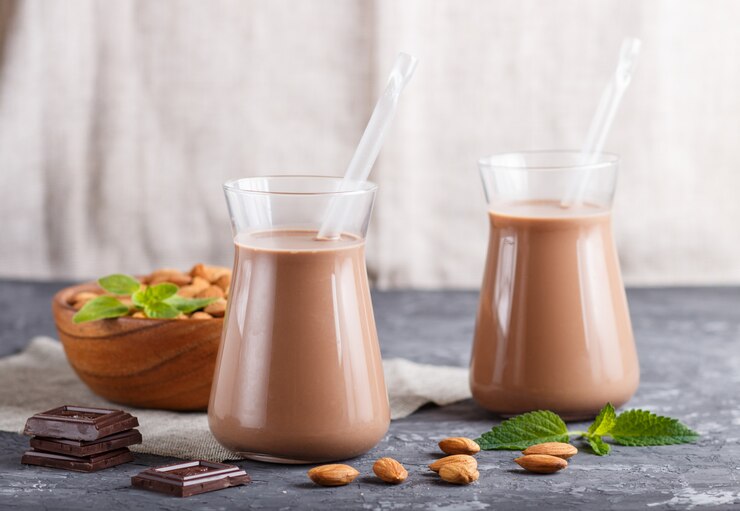
You will appreciate the refined and intense notes of this delicious chocolate almond milk from La Mandorle, a French company established in Paris.
It will seduce you, in drink and in cooking, for your sweet recipes.
It is prepared from peeled and partially de-oiled organic fruits, intense cocoa and it is delicately sweetened with agave syrup.
In combination with lithothamne algae, the almond is enriched with calcium and magnesium for optimized synergy.
On a daily basis, this chocolate almond milk provides essential nutrients in addition to a balanced diet and a healthy lifestyle.
This ready-to-use drink does not contain milk or gluten.
It comes from organic farming, certified FR-BIO-01.
 Before opening, this product can be stored at room temperature. After opening, this product can be kept cool between 0° and +6° C and should be consumed quickly.
Before opening, this product can be stored at room temperature. After opening, this product can be kept cool between 0° and +6° C and should be consumed quickly.
 Do not consume this product in case of allergy to shelled fruits and oilseeds (nuts).
Do not consume this product in case of allergy to shelled fruits and oilseeds (nuts).






